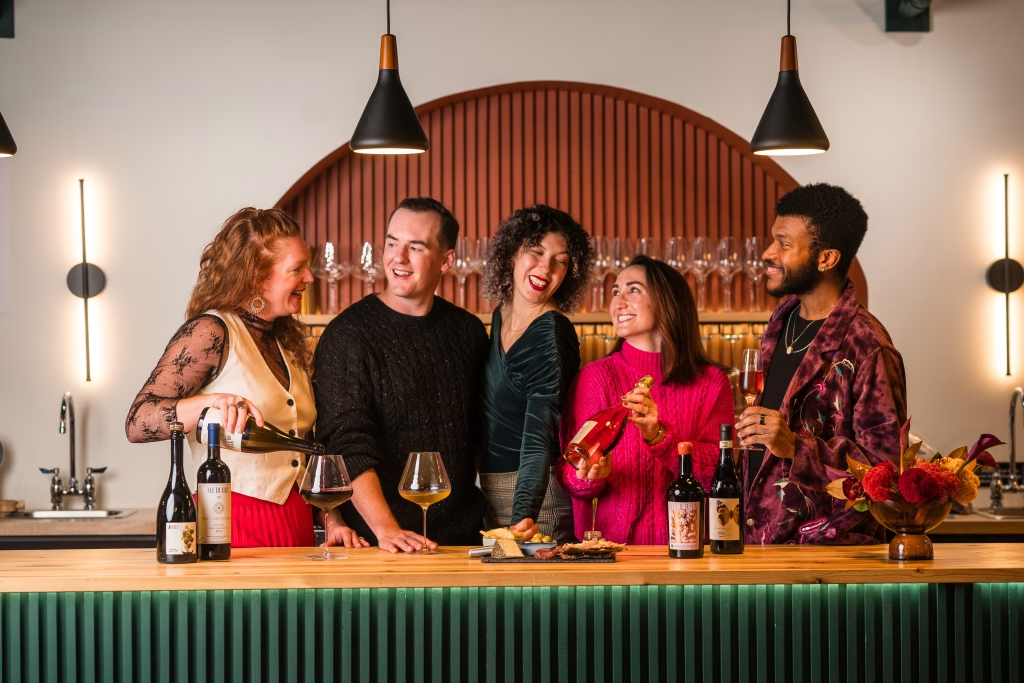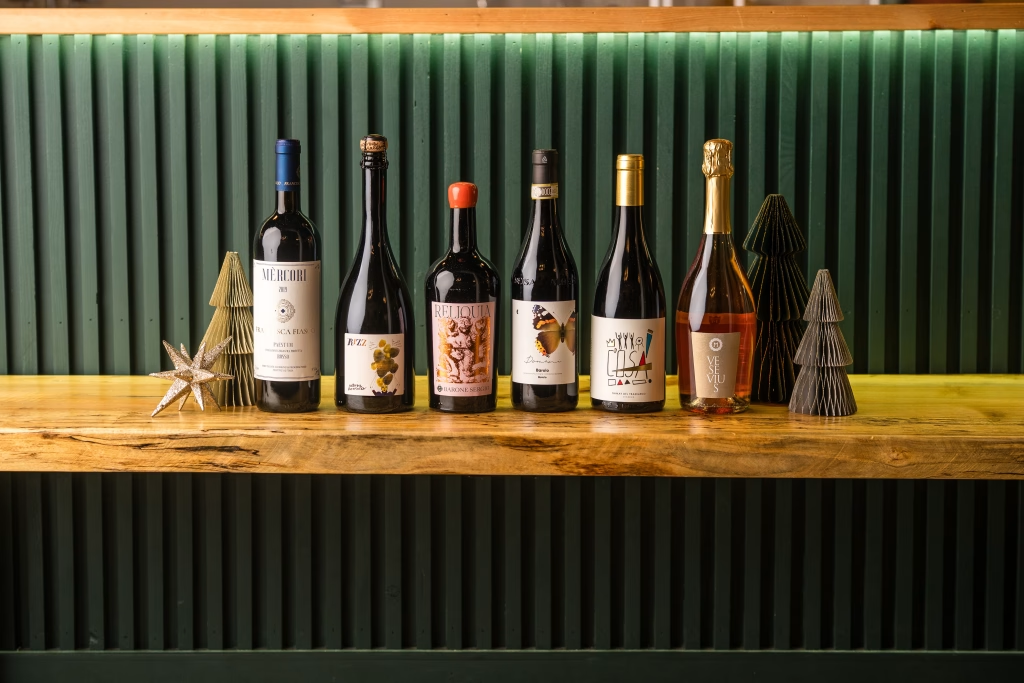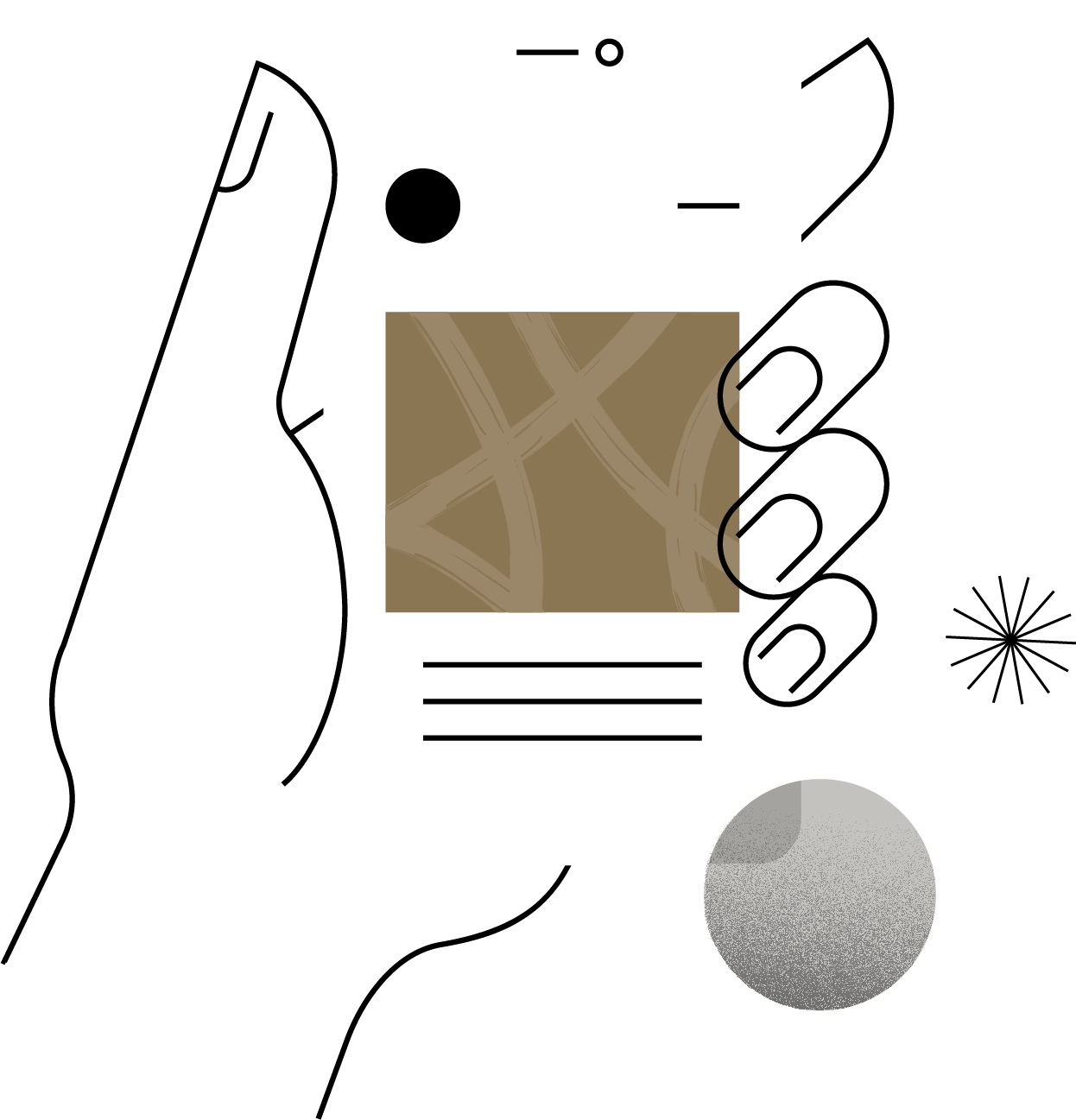Food & Drink
The Making of Vine Bar
Story by Justina Latura, co-founder of Vine Bar

Vine Bar began the way many good ideas do—over a good glass of wine, with a notebook at the kitchen table.
Already hobby wine lovers (I’ve watched the Somm series more times than I should admit), Craig and I kept looking outside Pennsylvania for small-producer wines with depth and a sense of place—the kind of bottles that spark a 15-minute debate about soil or the weather of that vintage. We even drove to Delaware for the wines we loved—not just any bottles, but those Craig’s uncle was importing from independent Italian producers—small-farm, organic, crafted with love. We were so excited by the aromas, flavors, and feelings that we started hosting monthly wine studies at home for friends and family, pouring from our own cellar of Uncle Jack’s finds.
The feedback was immediate:
“It feels clean.”
“I felt amazing the next day.”
“There’s no aftertaste.”
“I thought I couldn’t drink white/red anymore—until this.”
Those comments made me hungry for the why, what exactly was different about these artisanal wines? If the living room tastings and deep conversations were the spark, the repeated question was: “Where can we buy these in PA?” It was this notion that ignited the flame of entrepreneurship and deeper wine knowledge.
That’s where the idea took root: What if we created a way for these artisanal producers to meet our community directly? With encouragement—and a lot of legal guidance—we explored every path for selling wine in Pennsylvania. One afternoon at that same kitchen table, the shape of the dream snapped into focus: A collective—a place where multiple artisanal wineries could be represented by us, under one roof, telling their stories side by side and selling directly to the community.
Before there was a bar, there were plane tickets. We went to Italy to meet the growers behind the labels—walking rows, tasting in cellars, hearing about harvests that were difficult or glorious, the quiet triumphs of doing things the slow, careful way. We learned quickly that our vision for an artisanal winery collective was dependent on direct partnerships with the producers, and those relationships were nourished over a table, a story, a stroll through the vines. The relationships, more than the inventory, shape everything we do. They’re why we import, why we teach, and why we see wine as both culture and agriculture, both pleasure and responsibility. Vine Bar wouldn’t exist without those early visits.
As we learned more, another truth sharpened our focus: How many additives are permitted in some mass-market wines—and how little transparency exists. It became natural to turn our attention (and our wallet) toward organic, low-intervention producers whose wines taste like where they come from and who honor the soils that raise them. Those were the bottles we poured at our earliest tastings, and month after month we watched our community light up—not just at flavors and aromas, but at the stories of native grapes, terroir, and families who have farmed the same hillsides for generations.

Three years after those first living room studies, Vine Bar opened as an artisan winery collective—a neighborhood space where hospitality and education meet. We built a bar where any question is welcome and tastings are essential, the lineup growing with seasons and our travels. Classes became part of the rhythm so we could demonstrate that wine is a cultural exchange and a mindful experience—unpretentious and thrilling.
“Humble beginnings” feels right. Vine Bar didn’t arrive fully formed; it grew through community—friends who showed up to taste, partners who invited us to pop up, neighbors who kept asking good questions. Today, we’re still learning, still listening, still building a place where curiosity leads. If you’ve ever pulled up a stool at the bar, joined a class, or taken a bottle home to share—thank you. You’re part of our origin story, and of the evolution we’re celebrating: A small, stubborn belief that wine can be closer, clearer, and more connected to the people and places that make it.
Want to discover more local? Follow Fig on Facebook and Instagram for inspiration.



